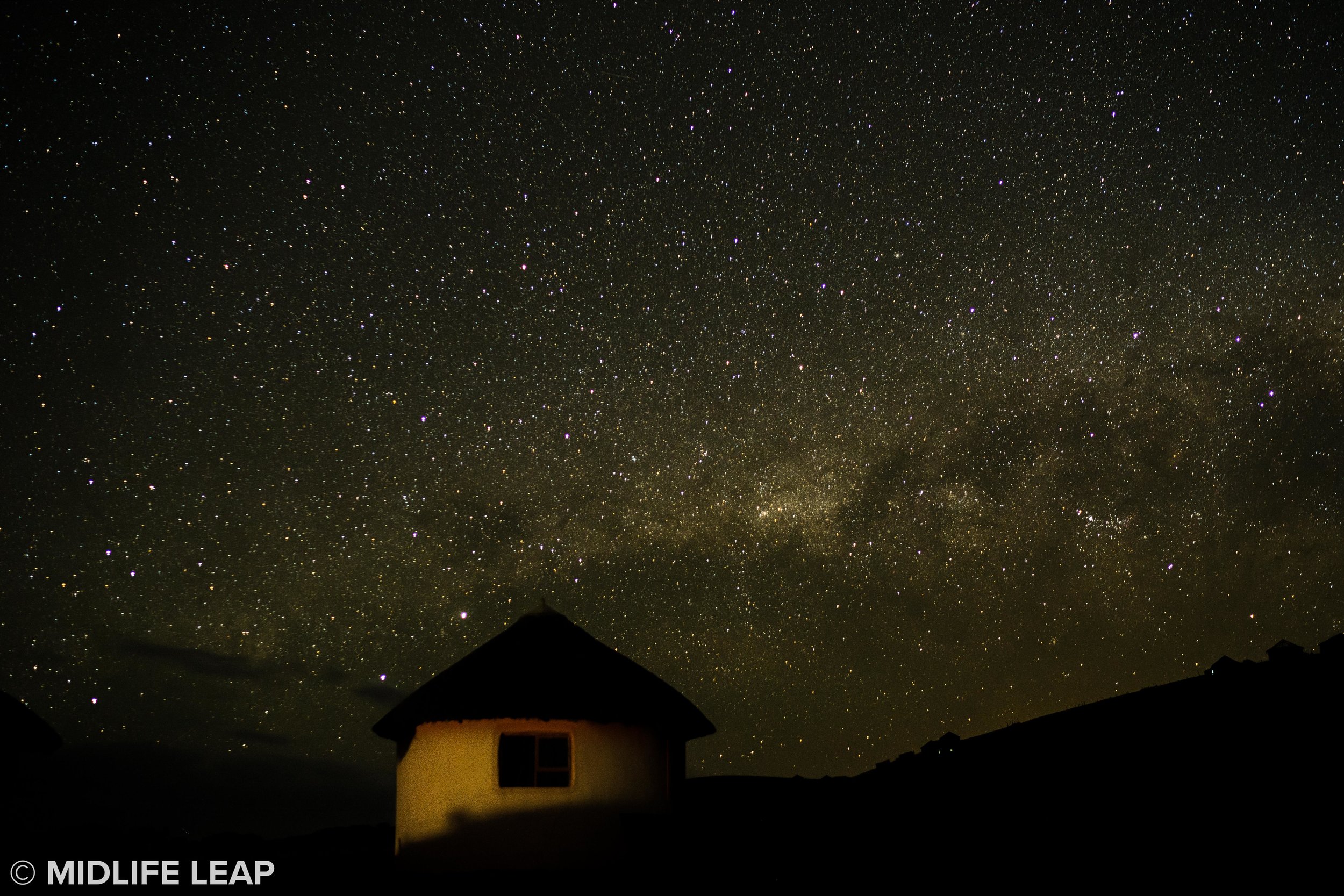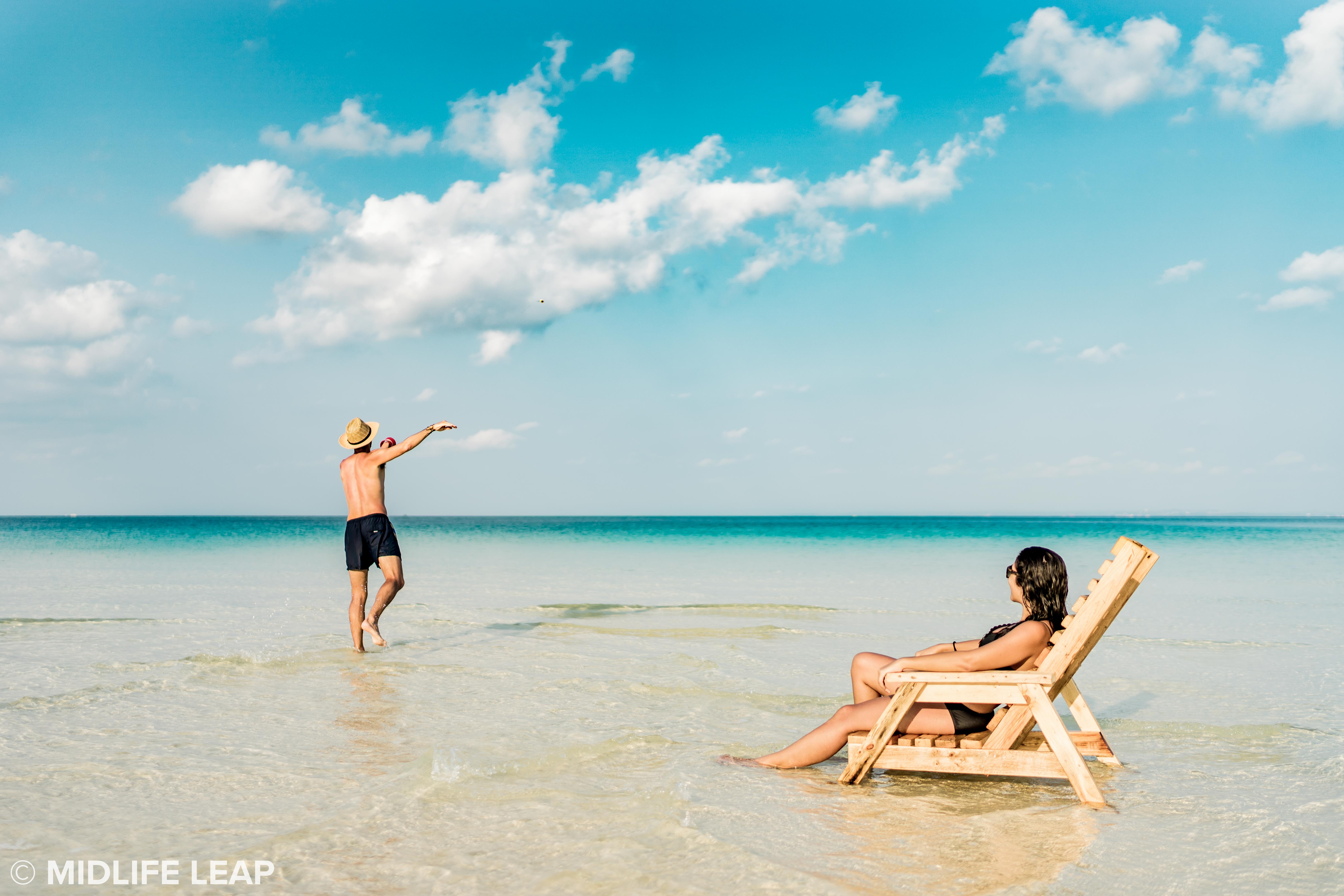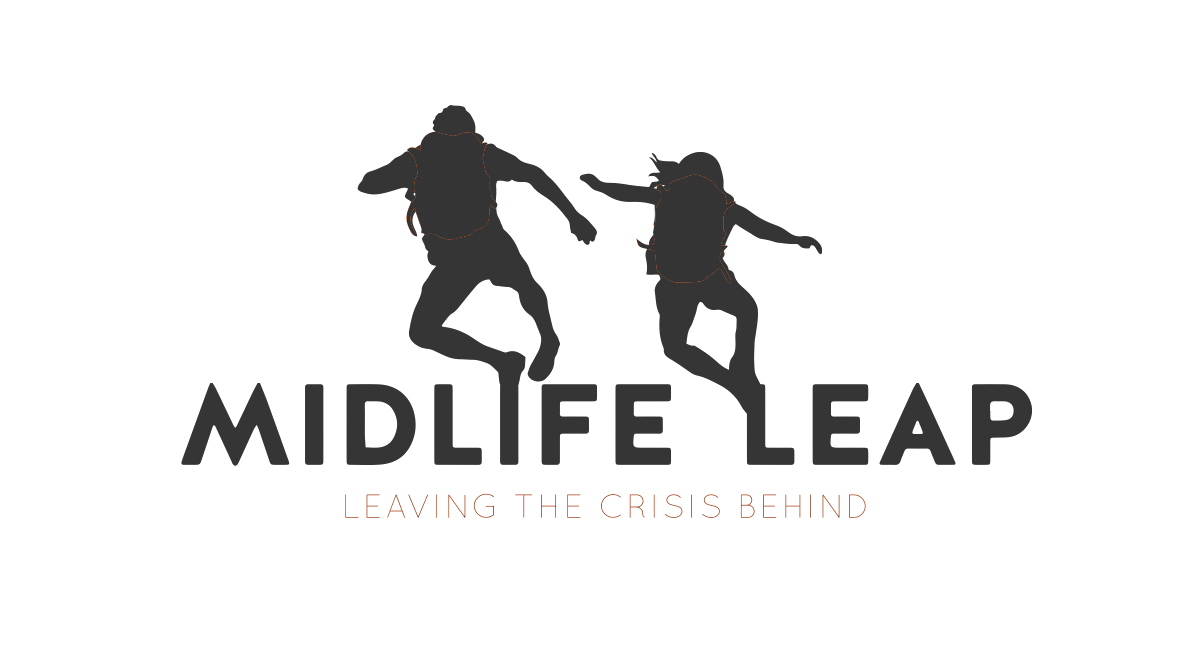OVERVIEW
We've said it before and we will say it again, there is no other wildlife experience quite like being up close and personal with wild mountain gorillas. But how do you chose the best place for your safari? With less than 790 of these majestic giants left in the world, the majority of them live in the Virunga Mountains which overlap in Volcanoes National Park, Rwanda and Virunga National Park in the DRC, and the Bwindi Impentrable Forest in Uganda.
In part two of your Gorilla Trekking Guide, we will try to help you decide which country best fits your needs including costs, comforts, travel time, and additional experiences.
TRAVEL
For all three countries, the best place to start is a flight into Kigali, Rwanda. If you have time constraints like we did, Rwanda may be your safest bet. After you land in Kigali, you have a simple 2-3 hour car transfer to the base of Volcanoes National Park. If you are choosing Uganda via Rwanda (an option I didn't know existed prior to our booking), it's just a 4 hour road transfer to Bwindi with a border crossing. If you fly into Entebbe, you have a 9-10 hour drive ahead of you. Finally, if you are choosing the DRC, you have a 3 hour drive from Kigali with a boarder crossing at Goma. Here you will switch to a different vehicle to drive the 90 minutes to Virunga National Park.
We chose Rwanda for various reasons including wanting to explore Kigali but also because it was the simplest and most time effective transfer of all the available countries. If we had more time (and a bigger budget), and knowing everything I know today, I would have booked a trek in Rwanda and then driven over to Uganda to experience a trek in Bwindi. If you can swing it, do this! (oh and go ahead and add the Chimps in Uganda too!!)
COST
I know we talked about cost in Part 1 but we wanted to break it down for you by country. As you know, you need a permit for gorilla trekking regardless of which country you chose. Each year, the number of available permits fluctuates depending on the government's need for tourist income vs. research but in general, the numbers are limited to 8 people per group and one group per gorilla family.
Rwanda was always the most expensive country to visit, permit wise, with a $750 USD price tag; however, in May 2017, the price doubled to $1500 per person, per day. A permit in Uganda costs $600 USD and DRC is around $400 - $450 USD. However, it is important to note that both Uganda and the DRC are more expensive to get to so in the end, the costs can balance out.
LODGING
Honestly, this was probably the first time I forgot to consider accommodations. I was so excited about the gorillas! But nevertheless, it is something to consider. In both Rwanda and Uganda, there are a number of medium and top-end lodges. We stayed at the lower budget option in Rwanda, Mountain Gorilla View Lodge, and we loved it! It was probably one of the nicest hotels of our entire year abroad (and it even had a living room with a fireplace that was lit when we came back after our trek)! If you aren't as budget conscious as we were, you also have the Sabyinyo Silverback Lodge. In Uganda, your budget friendly option is Buhoma Community Rest Camp and your top-end choice is Sanctuary Gorilla Forest Camp (or Clouds Mountain Gorilla Lodge). Finally, in DRC, lodging is limited to three Camps, Mikeno Lodge, Bukima Tented Camps, and the newly opened Kibumba Tented Camps. It's good to do your research to get a better idea of your overall cost, but most likely, your safari company will send you some options and handle all the bookings for you.
BEST TIME TO GO
Gorilla Trekking is a year long activity; however, there is a better time to go depending on your travel needs.
The high season for gorilla trekking is during the dry season months of January, February, June, July, August, September, and December with the busiest months being June - September as most people pair a gorilla trek with a safari in Kenya or Tanzania. This is the high season because of the lack of rain which also means the gorilla families will be more visible; however, as with any high season, this also means more money and more tourists.
In Uguanda, the permit cost during the low season is $450USD compared to $600USD during the high season. In DRC you can also find discounts during the low season but in Rwanda the permit price never changes. What really matters here is the importance of booking your safari well in advance because of the high demand and limited availability of permits. The great thing about high season during gorilla trekking is even if there are tons of tourist, your group will never be more than 8 people.
The low season for gorilla trekking is during the rainy months of March, April, May, and November. Some of the costs may be a bit lower to attract more budget travelers and there might be fewer people allocated to your group which in turn means more exclusive interactions with the gorillas. But the rain is not to be taken lightly here.
In all the years that gorilla trekking has been done in both Rwanda and Uganda, never has a trek been cancelled due to weather. What you need to note here is that the trek will be siginficantly more difficult with the rain. You are trekking high in the mountains and there will be lots of mud and slippery surfaces. Also, the gorillas will seek shelter during the rain which makes them more difficult to observe.
WILL I SEE GORILLAS
Of all the remaining mountain gorillas, only some of the families are available for trekking. Currently in Rwanda there are around 7 families, in Uguanda around 4 families, and in the DRC around 5 families but this number changes (as well as the permits offered) depending on research needs. Do know that trackers have been in the mountains following each family before you have even woken up to help your chances of seeing them.
As with anything, no one can guarantee that you will see the gorillas but if it helps, we have never heard of an instance where trekkers didn't find their assigned family.
REFUNDS
I know you are thinking it...will I get my money back if I don't see any gorillas? Refunds are a little tricky with the permits. Our understanding is for Rwanda, there are no refunds in any situation. If you are at the park and deemed unfit to continue, you may receive a 50% refund. When we went on our safari in August of 2016, we were told you could change the date of your permit for a $150USD fee if you requested at least three months before your safari date. Please note that permits cannot be transferred to another person. In Uganda, permits can be rescheduled at no extra cost at least 30 days to the travel date. Always check with your safari company for more details.
THE ADVENTURE
Depending on your time and budget constraints, the most common added excursion to all gorilla treks in all three countries is a traditional safari in Kenya or Tanzania.
In Rwanda, you may not have chimpanzees or other safaris around but you do have beautiful Lake Kivu and of course, wonderful Kigali. If you want more ideas on things to do in Rwanda check out our guides on how to spends two days in Kigali here.
Of the three countries, the DRC is probably the most adventure you will find. You can spend the night on top of Nyiragongo, an active volcano. Relax on Tchegera island, hike the Rwenzori Mountains and see Africa's only glacier, or visit the world's only bonobo sanctuary at Lola Ya Bonobo.
And last but not least, Uganda. Uganda probably offers the most well rounded experience, all things considered. Not only can you combine your gorilla trek with chimpanzee trekking in Kibale (something I really wanted to do), but you also have Queen Elizabeth National Park, Lake Victoria, and Murchison Falls.
BOTTOM LINE
So the bottom line here is regardless of which country you choose, you are going to have a remarkable experience. It just boils down what each country offers and how it best fits your travel needs. If you have any questions at all, never hesitate to send us an email! We love chatting with you!












